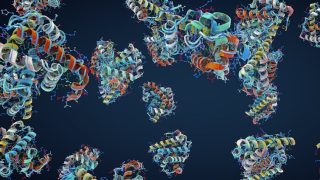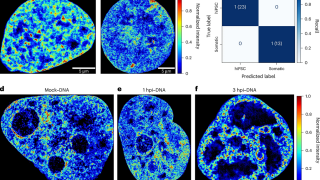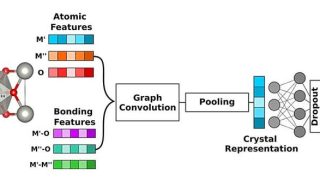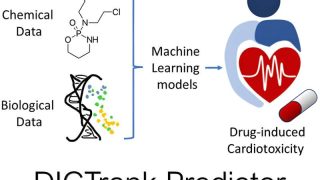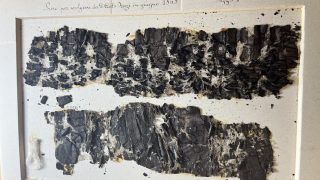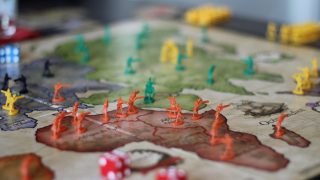
AI tools and the science to come
The 2024 Nobel Prizes in physics and chemistry have given us a glimpse of the future of science. Artificial intelligence (AI) was central to the discoveries honoured by both awards. You have to wonder what Alfred Nobel, who founded the prizes, would think of it all. We are certain to see many more Nobel medals […]
